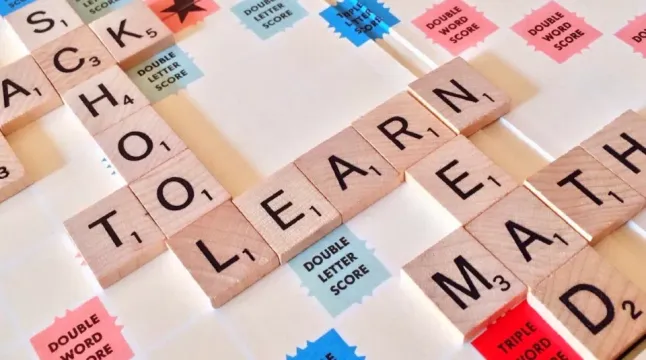Understanding the “Present Perfect” in English, A Complete Guide

- What is "Present Perfect" in English?
The "Present Perfect" is a verb tense used to describe actions or events that began in the past and have a connection to the present moment. It is formed by combining the present of the auxiliary verb "have" (or "has" for third person singular subjects) with the past participle of the main verb. For example :
- I studied English for five years.
- She has traveled to many countries.
- Structure of the "Present Perfect" in English:
The basic structure of the "Present Perfect" is as follows:
Affirmative: Subject + have/has + past participle
Negative: Subject + have/has + not + past participle
Interrogative: Have/Has + subject + past participle?
- Use of "Present Perfect" in English:
The "Present Perfect" is used in different situations:
- Unspecified Time in the Past: We use "Present Perfect" when the exact time of the action is unspecified or not important. For example :
- I visited Paris. (The time of the visit is not specified.)
- Actions Started in the Past and Continuing in the Present: The "Present Perfect" is used for actions that started in the past and have a connection to the present. For example :
- She has worked in this company for five years.
- Past Actions with Present Results: When a past action has a result or impact that is still relevant to the present, we use the "Present Perfect". For example :
- They fixed the car. (The car still runs well.)
- Life Experiences: The "Present Perfect" is used to talk about life experiences, especially when they happened at an unspecified time. For example :
- I have never been to Japan.
- Common Mistakes with the "Present Perfect" in English:
Despite its importance, learners often make mistakes with the "Present Perfect". Here are some common mistakes to avoid:
- Misuse of "Since" and "For": Misuse of "since" and "for" can lead to confusion. "Since" is used with a specific time point, while "for" is used with a duration. For example :
- I have known this city since 2010. (Specific time point)
- They have lived in Paris for three years. (Duration)
- Confusion with "Simple Past" in English: Learners sometimes use "Simple Past" instead of "Present Perfect", especially when the action took place in the past and has already been completed. For example :
- Incorrect: I visited the museum yesterday.
- Correct: I visited the museum.
- Practical Examples of the "Present Perfect" in English:
Let's see some practical examples to better understand the "Present Perfect" in context:
- He just finished his homework.
- They have already seen the film.
- We have never tried sushi before.
- The team has won the championship three times.
Conclusion :
Mastering the "Present Perfect" is a crucial step in becoming proficient in English. Understanding its structure, usage, and common mistakes will allow you to communicate more effectively and confidently in English, both written and spoken. Practice using the "Present Perfect" in different situations to solidify your understanding and make it an integral part of your language repertoire. As you continue your language learning journey, remember that learning a new tense takes time and practice, so be patient with yourself and keep honing your skills. Good learning !